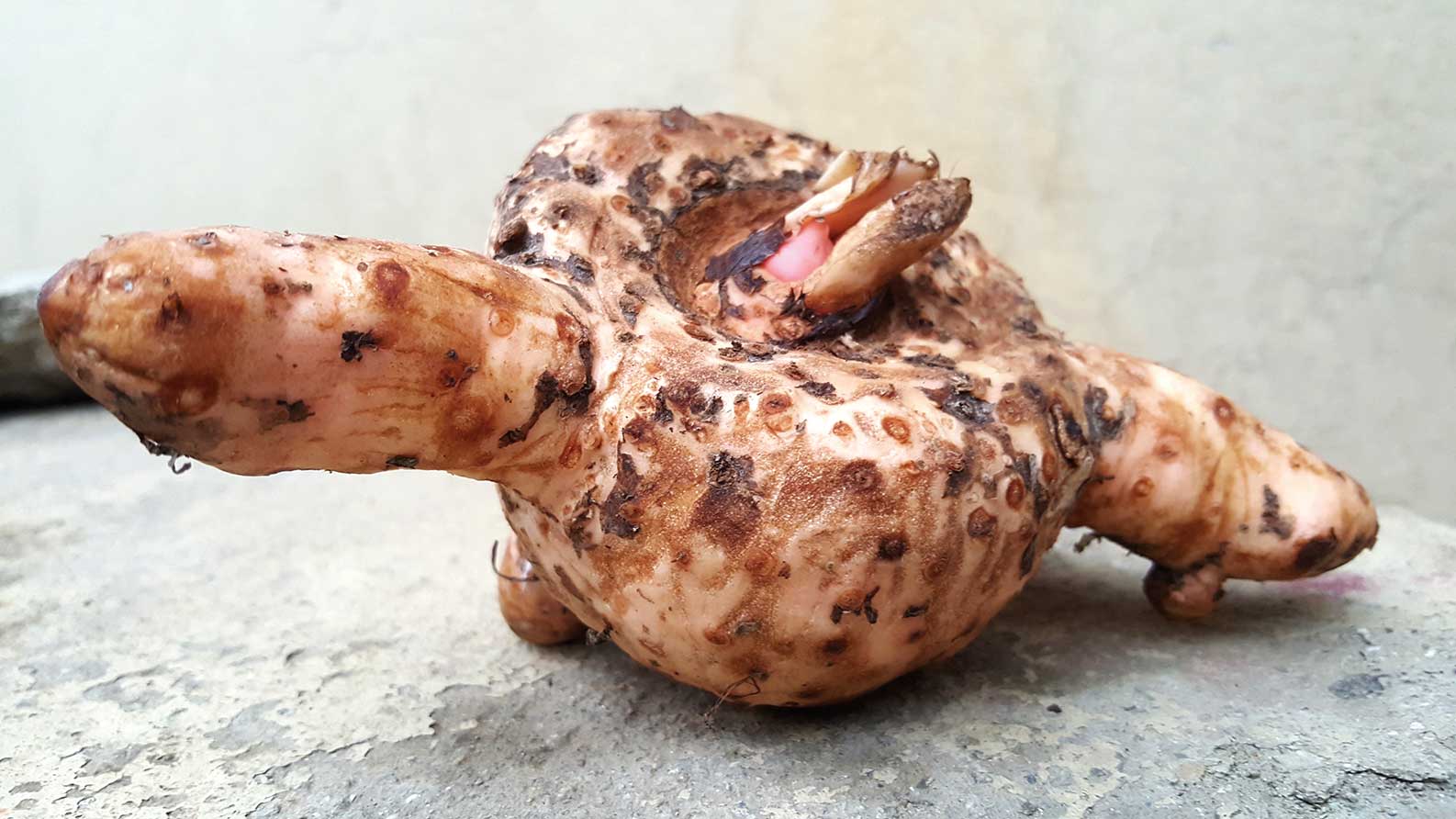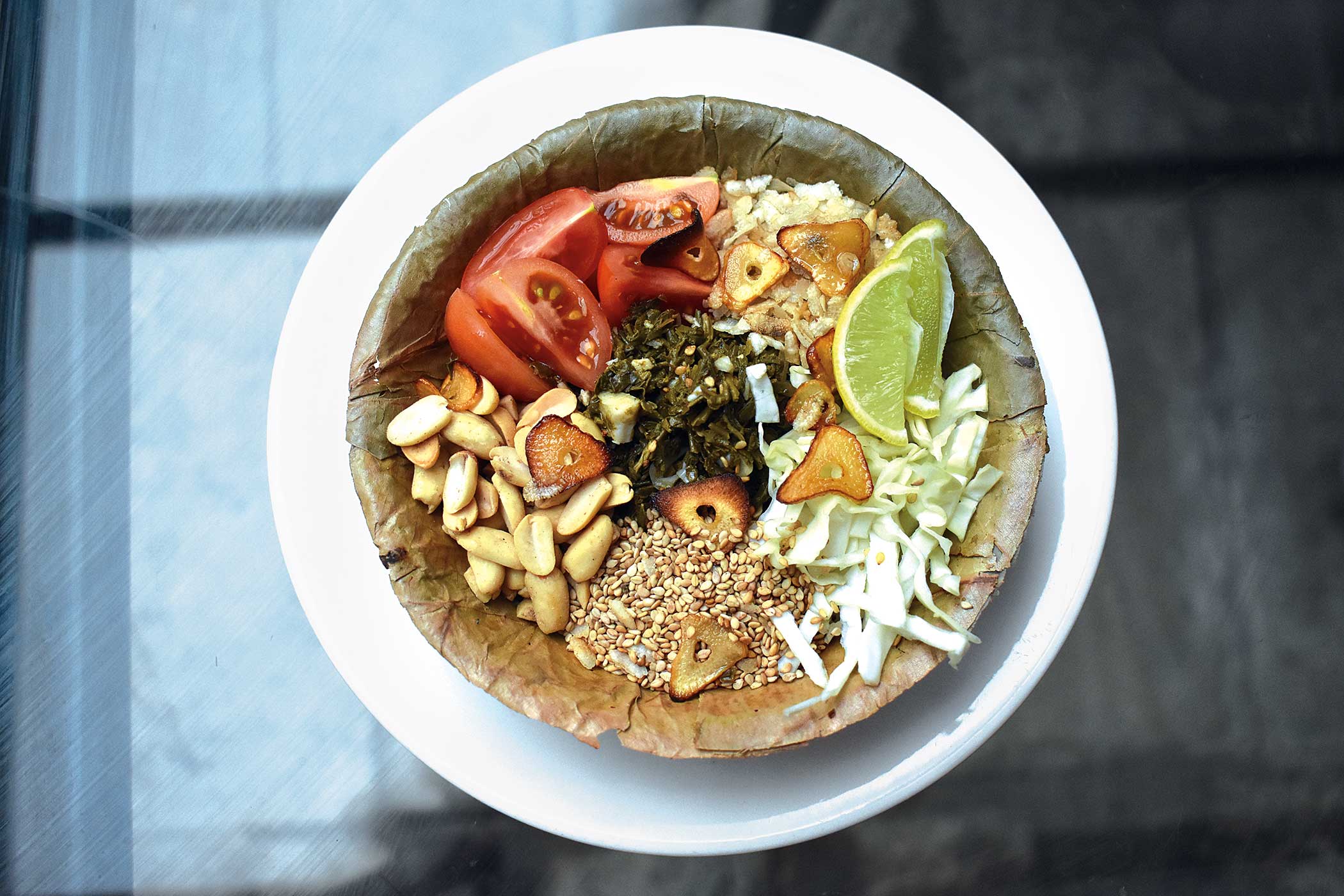
For Tibetans, religion is everything. Many live for the next life, rather than for the present. They accumulate deeds of virtue and pray for the final liberation—enlightenment. Lips and hands of the elders are never still; they are either busy murmuring the six syllable mantra (prayer) Om Ma Ni Pad Me Hum (Hail the Jewel in the Lotus) or turning the hand-held prayer wheels, or counting the prayer beads. Complementing their unique culture, Tibetans have food of a very distinctive character. In the past, eating was a way of life limited by lack of natural resources and slow economic development in Tibet; their staple food consisted of roasted highland barley flour, wheat flour, raw meat, milk and milk products. Legend even has it that hundreds of years ago, before the onset of winter, the Chinese would be busy digging vegetable cellars to store the “old three vegetables” - turnips, potatoes and Chinese cabbage, while the Tibetans were busy purchasing and storing huge chunks of beef and mutton. Even eating fish was considered a taboo as it was an embodiment of dragons, a mythical animal in ancient China. But today, the flavor of Tibetan food is fresh, light and tender with a blend of both the traditional high-fat and modern low-fat, high protein balanced diet. Vegetables and fruits are a must on the dining table and eating fish too, is popular among them these days. In fact, along with changes in diet, some habits, including eating raw/dried meat, have been replaced by hygienic methods of cooking- boiled, steamed and stir fried rating high on the list.
Although Kathmandu is famous for its wide range of exotic cuisine and restaurants of all kinds have mushroomed over the years there are surprisingly, only a handful of noteworthy Tibetan restaurants serving authentic Tibetan food. But even these restaurants boast of an international menu serving Italian, continental, Chinese, Mexican and Indian food in addition. We sampled three of these eateries around the valley.











